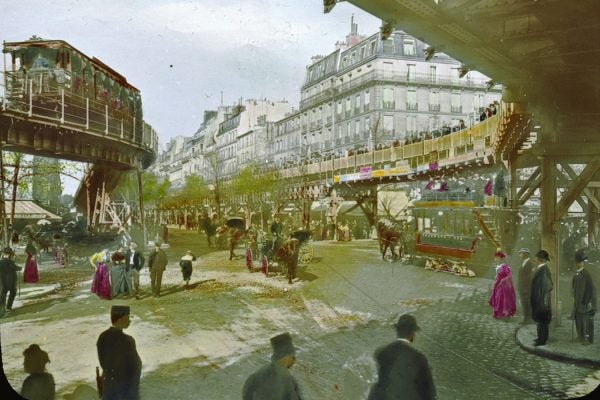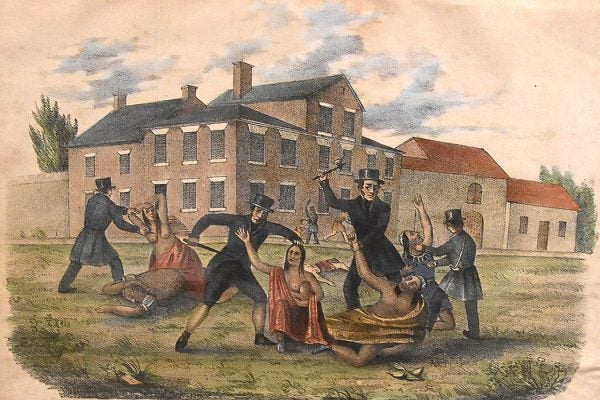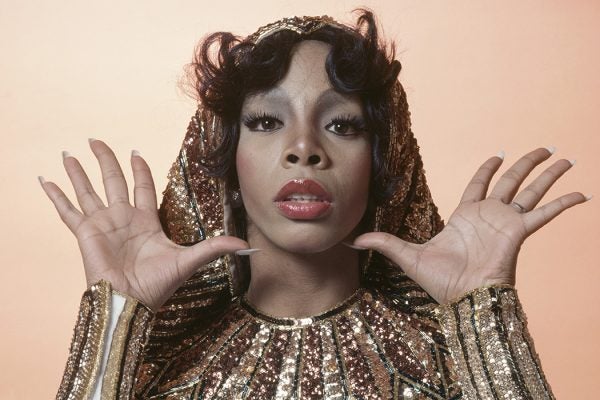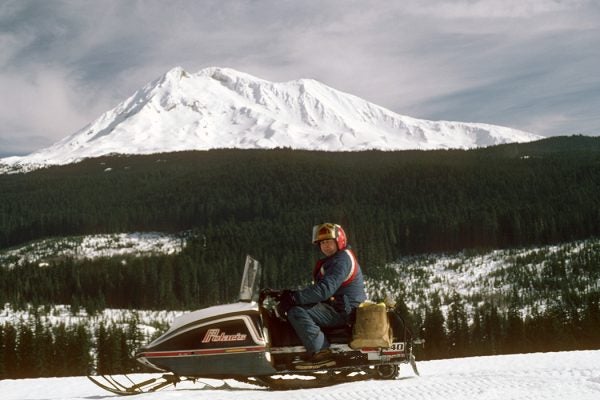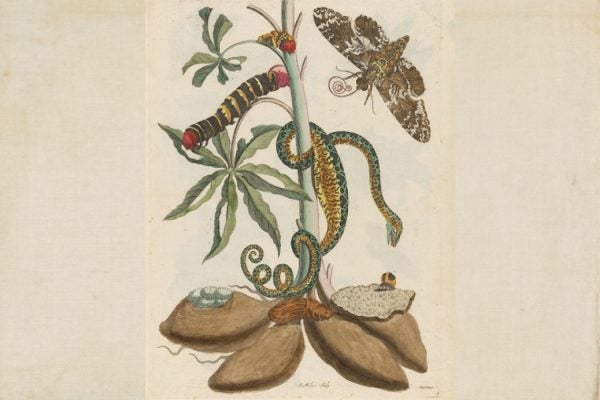Graffiti: Jaytalking in 19th Century Paris
The files of Paris police from the late nineteenth century reveal the tumultuous politics of the time through the graffiti recorded in them.
Colonial Civility and Rage on the American Frontier
A 1763 massacre by colonial settlers exposed the irreconcilable contradictions of conquest by people concerned with civility.
The Year The Grammys Honored Disco
In 1980, The Grammys gave disco its own category, but the genre was already receding into invisibility.
Even in Kazakhstan, Bitcoin Can’t Escape Geopolitics
People in Kazakhstan have been protesting energy prices, and met with violence by the government. What does Bitcoin have to do with it?
Bangalore’s Green Belt Fifty Years On
Or, why the best laid plans of urban design sometimes go awry.
A Brief History of Snowmobiling
Snowmobiles were invented around the same time as wheeled transportation was becoming a robust industry.
How Does the Warming Arctic Impact Plants?
For flowering plants in the Arctic, cold temperatures don't mean death. But warmer temperatures might.
Were Early American Prisons Similar to Today’s?
A correctional officer’s history of 19th century prisons and modern-day parallels. From Sing Sing to suicide watch, torture treads a fine line.
Plant of the Month: Cassava
Cassava can grow in hot climates with little rainfall. It may be the "root crop of the century."
Mesmerizing Labor
The man who introduced mesmerism to the US was a slave-owner from Guadeloupe, where planters were experimenting with “magnetizing” their enslaved people.
